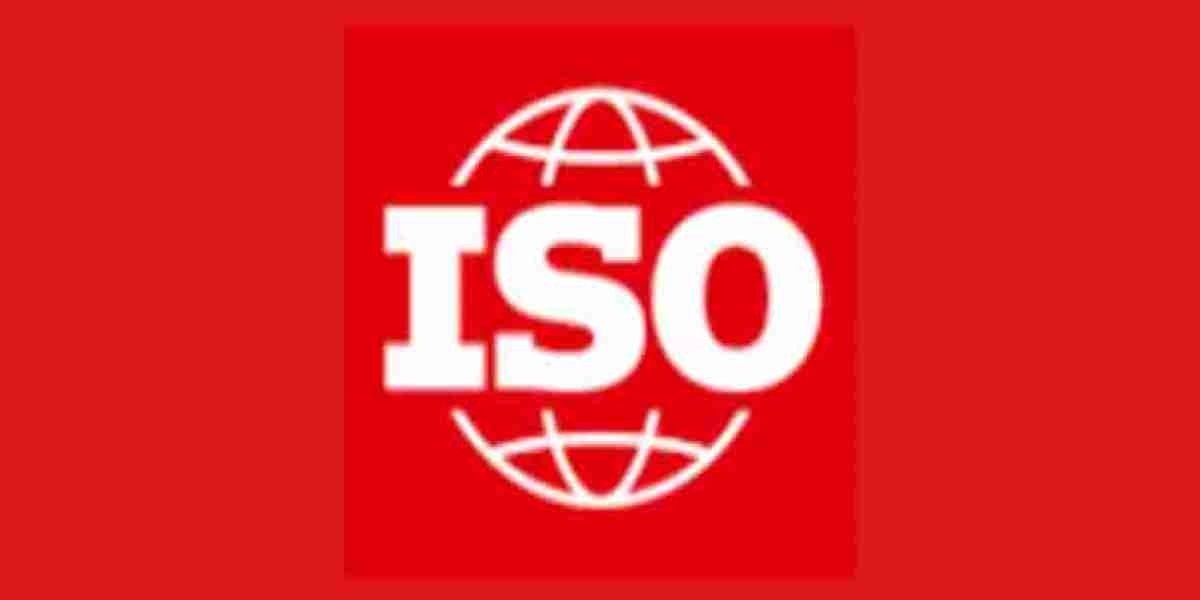Unlocking the Power of Risk Management: ISO 31000 Internal Auditor Course
Introduction:
In today's dynamic business environment, organizations face an ever-expanding array of risks that can impact their success and sustainability. Recognizing the need for a systematic approach to managing risks, the International Organization for Standardization (ISO) introduced the ISO 31000 standard. One way organizations are ensuring effective risk management is by investing in ISO 31000 Internal Auditor Courses. This article explores the key content areas covered in such courses and highlights the significance of having internal auditors well-versed in ISO 31000.
Understanding ISO 31000: The ISO 31000 standard provides a comprehensive framework for risk management, offering principles and guidelines that organizations can adopt to enhance decision-making processes. Internal auditor courses typically start by providing participants with a thorough understanding of ISO 31000, its principles, and how it aligns with organizational objectives.
Risk Identification and Assessment: An integral part of ISO 31000 is the systematic identification and assessment of risks. Internal auditors are trained to identify potential risks across different organizational levels and functions. This involves understanding the organization's risk appetite and tolerance, as well as evaluating the potential impact and likelihood of various risks.
Risk Treatment and Mitigation: Once risks are identified and assessed, the next step is developing effective risk treatment plans. Internal auditor courses delve into methodologies for mitigating and managing risks, emphasizing the importance of selecting appropriate risk responses based on the organization's objectives and priorities.
Monitoring and Review: Continuous monitoring and review are crucial components of ISO 31000. Internal auditors learn how to establish monitoring mechanisms to track the effectiveness of risk management strategies. Regular reviews ensure that the risk management framework remains relevant and adaptive to changing circumstances.
Communication and Reporting: Effective communication is essential in the realm of risk management. Internal auditors are equipped with the skills to communicate risk-related information across the organization. This includes preparing comprehensive reports for key stakeholders, fostering transparency and accountability in the risk management process.
Integration with Other Management Systems: ISO 31000 emphasizes the integration of risk management into the organization's overall management systems. Internal auditor courses explore the synergies between ISO 31000 and other ISO standards, such as ISO 9001 (Quality Management) and ISO 14001 (Environmental Management), to create a cohesive and holistic approach to organizational governance.
Conclusion:
In a world characterized by uncertainty and complexity, organizations need robust risk management practices to navigate challenges and capitalize on opportunities. Investing in ISO 31000 Internal Auditor Courses empowers internal auditors with the knowledge and skills necessary to implement and maintain effective risk management systems. By doing so, organizations not only enhance their resilience but also demonstrate a commitment to excellence in governance and decision-making.








